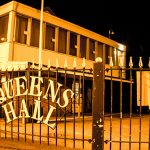In recent years the Watton Society has instigated the ‘Green Plaque’ scheme, to identify buildings of historical significance in the town. As so often happens, buildings have changed their function over the years, and the original purpose is no longer evident. Refurbishment and alteration can disguise the true age of a building, and the Society wished to preserve the identity of such places for future generations. The Society is grateful to the present owners of the buildings who have co-operated by allowing the plaques to be displayed on their property
Key to the Watton Heritage Trail
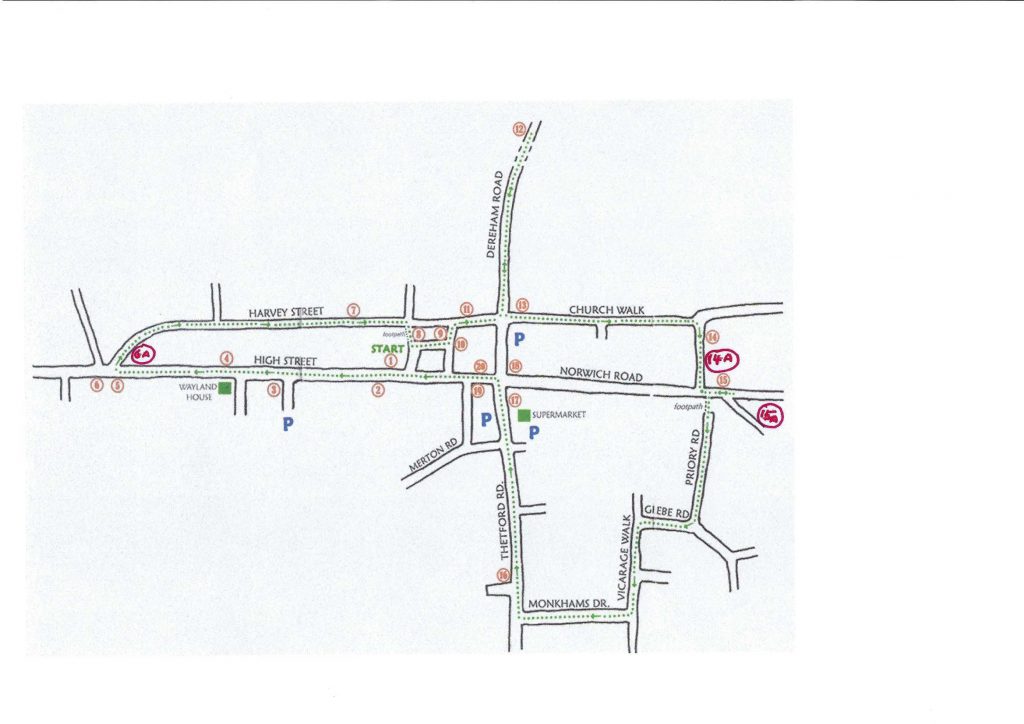
©Crown Copyright 1999. All Rights Reserved. Licence No. 100046707.
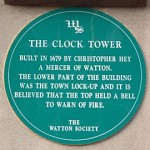
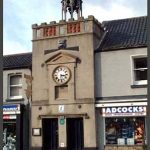
1. The Clock Tower. Built in 1679 by Christopher Hey after the “Great Fire of Watton” , supposedly to hold a new fire warning bell. This building housed the Tourist Office from 1990 to 2005. Built of brick the outside was rendered in 1827 when a new clock was installed. The town sign, in front of the tower, occupies the site where the town’s pump once stood.
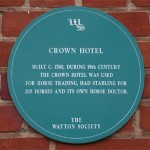
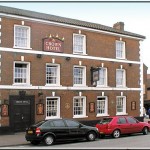
2. Crown Hotel. The Crown Hotel was built about 1760. George Jacobs, the proprietor between 1850 and 1892, was one of the largest horse breeders and traders in the Country. There was stabling for 200 horses and he employed his own horse doctor. In July 1949 much of the interior of the hotel was destroyed by fire.
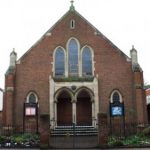
3. Methodist Chapel. Methodism first came to Watton in 1832 when “Ranter Robert Key preached in the town. The present chapel was built in 1926. The Methodist Central Hall next to the chapel was built in 1863 for the sum of £500. and was the original place of worship. A schoolroom was added in 1874. It has recently been refurbished and is now used as the Christian Community Centre. On the wall at the rear of the Community Centre car park is a plaque that commemorates the Goffes Almshouses, which used to stand on the site.
4. Old Brewery. Built in three stages by Edward Stevens and his son during 1831, 1838 & 1877. Note plaque set in wall, above top left window. Production ceased in about 1912 after it had been taken over by Morgan’s Brewery of Norwich.
5. Stevens Almshouses. Edward Stevens was known for his many acts of benevolence and he had these houses built for respectable elderly married couples in 1833. In 1840 they were taken over by trustees for the benefit of the town.
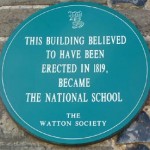
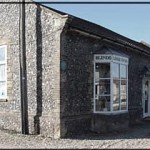
6. The National School. The school was built in 1819, consisting of one room divided by two folding partitions. In 1842 it was increased in capacity to take 244 pupils. The Building now houses an undertakers.
6A. Gas Manager’s House. Built in 1859 adjacent to the Gas Works (now demolished )The Gas Manager oversaw the operation of the gas works and its staff. The 1891 census shows the Manager as Richard Wiles.
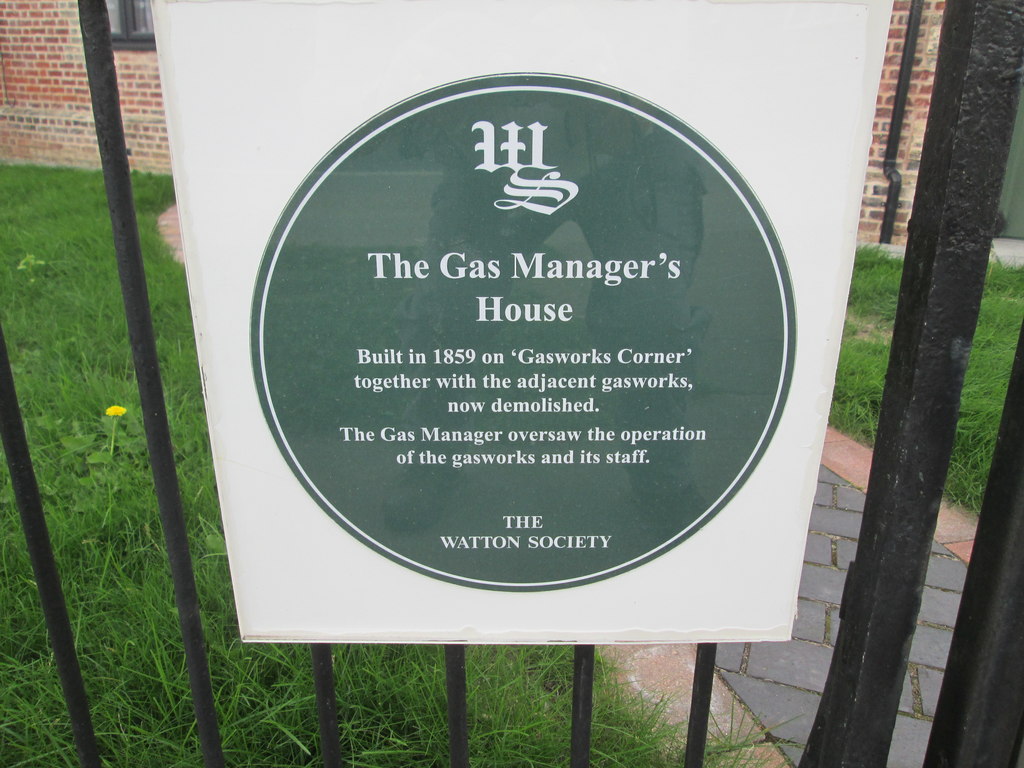
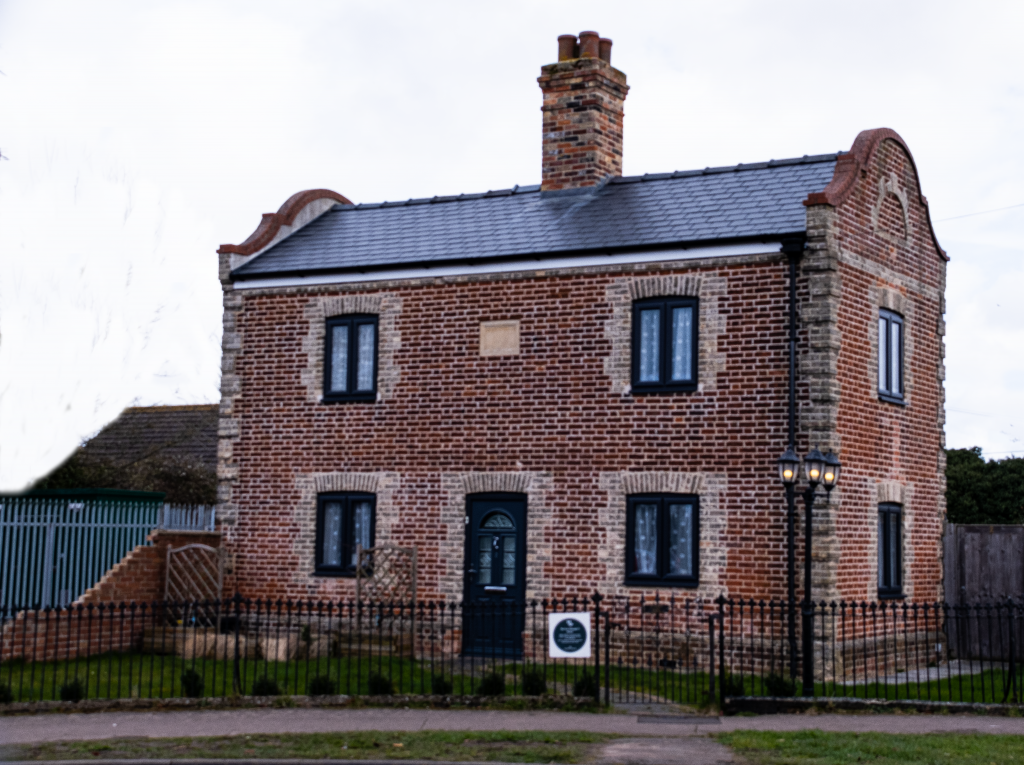
7 Harvey House. One of the largest houses in Watton, it has been known as Quinton House and Harvey House. Built in 1720 by a local wool merchant; it later became a doctor’s residence and surgery before becoming a residential home. It is now known again as Harvey House and contains residential accommodation.
8. Wayland Hall. This building overlooks the original market place and was built in 1853 as a corn hall and general assembly room. It was also used as a courtroom for the Wayland Petty Sessions. Today it houses the offices and chamber of the town council and kitchens of the Meals on Wheels Luncheon Club. The large hall on the upper floor is still used for functions.
9. The Post Office operated from this corner building, which is now a fish restaurant, for about ten years around 1905.
10. Manor House, This building replaces the original Watton Hall Manor House, which is located near the church, in the mid 18th century. It formed part of a much larger complex that stretched all the way to the High Street. This consisted of a capital mansion, counting house, granaries, stables, shrubbery, yards and a fine piece of pasture land.
11 Assemblies of God Chapel. The Congregational Society was started in Watton in 1818 and originally met at what is now Loch House on Dereham Road. In 1856 they built this Gothic style chapel, which they continued to use until 1976, having changed their name to the United Reform Church.]
12 Loch Neaton. When the Watton to Swaffham railway line was constructed in 1875 an embankment was built to carry the line over the low land in the hamlet of Neaton. To do this soil was excavated from either side of the line, leaving two large pits. In 1891 it was realised that the pit on the west side of the line would make an excellent leisure area. Money was raised and local volunteers set about landscaping the leisure area with a large pool “Loch Neaton”at its centre. The area was finally purchased by the town in 1906.
13. Church Walk and the First Infant School. Church Walk was gifted to the town to commemorate the coronation of Edward VII. on 9th August 1902. It is still lined with lime trees planted at the time. At etherend of the walk are the Walsingham Gates, which were presented by Lord Walsingham and recently refurbished by inmates of Wayland Prison. The building at the waet end of the walk originaly housed the first Infant School. It was built from funds raised by public subscription in 1876 and is now used by the Army Cadet Force.
14. Watton Church. St Mary’s Church has a Norman round tower with a hexagonal top, and probably stands on the site of the Watton Church mentioned in the Domesday book. As the population of Watton, a thriving market town and railhead, expanded in the mid 19th century, the church proved too small, so two side aisles were added increasing its capacity from 260 to 480. This makes it the only church in Norfolk which is wider than it is long. The church continues to grow with the recent additions of a Sunday schoolroom and offices. Inside is an excellent example of a “Poore Box” dated 1639.
14A. Church Road Level Crossing. The ”Crab & Winkle” Railway line ran across the road here en route from Watton to Swaffham from November 1875 to 1964.
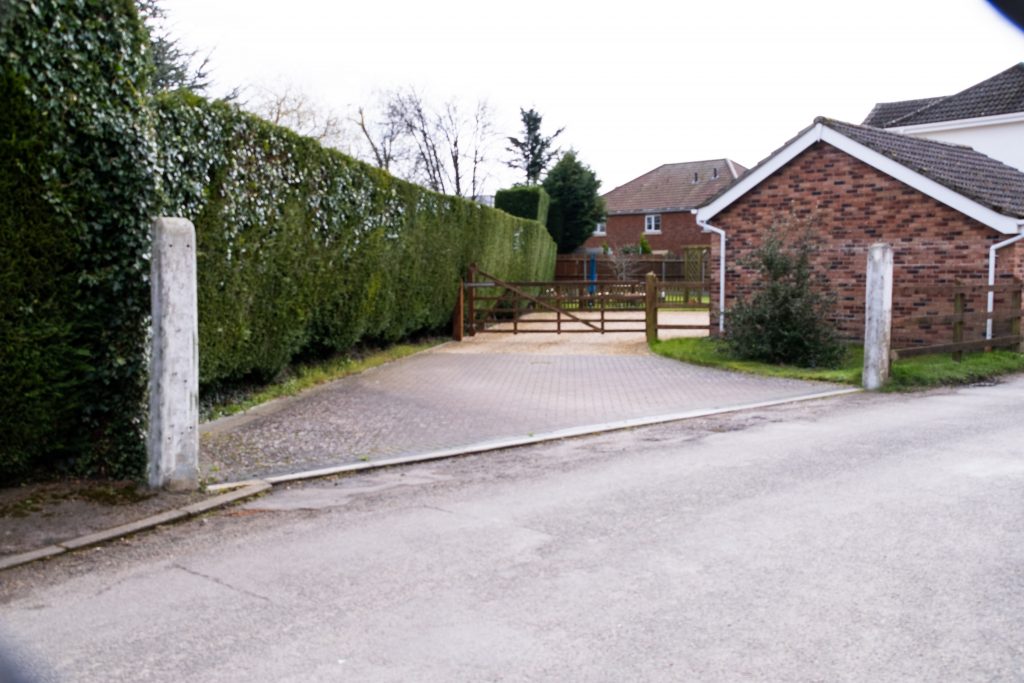
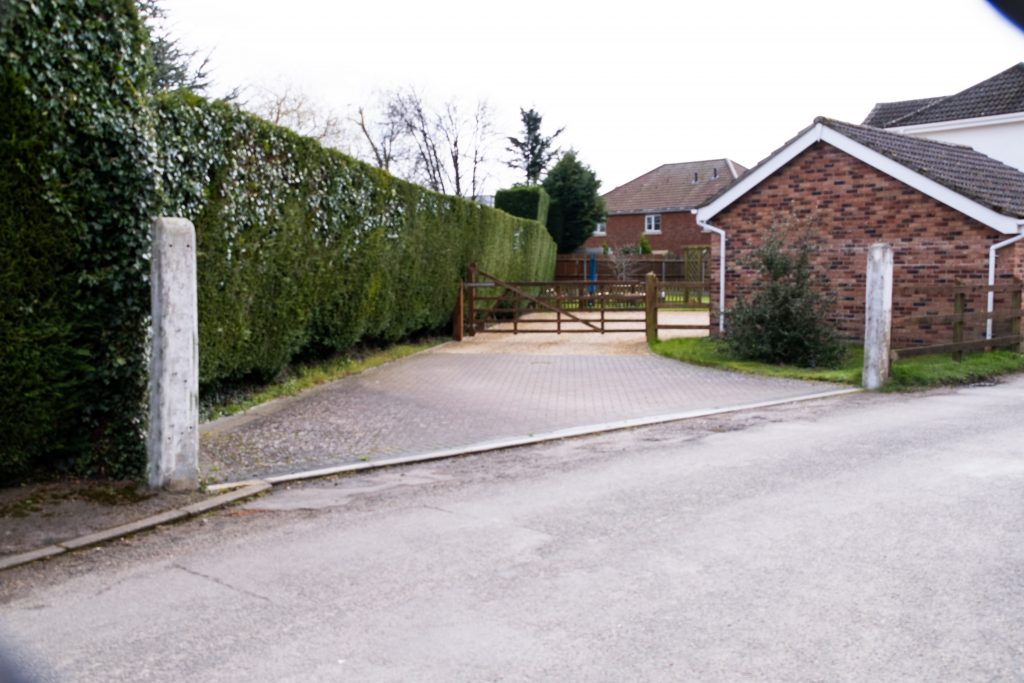
15. Site of the Old Railway Station. The railway station used to stand on the site of what is now The Norwich Road Industrial Estate. The single line railway from Thetford to Watton opened in 1869 and the line was extended to Swaffham in 1875. It was affectionately known as “The Crab & Winkle” presumably because it use to bring these delicacies from the coast. The line was closed as part of the Beeching cuts in 1964. On the opposite side of the road can be seen Key House, which was the Railway Hotel.
15A Knotts Yard.
Knotts Yard (Griston Road) Opened as a coal Merchants by Cyril Knott on the closure of Watton Railway Station in 1964. The coal yard was previously located in the station.
The business closed in 1980.
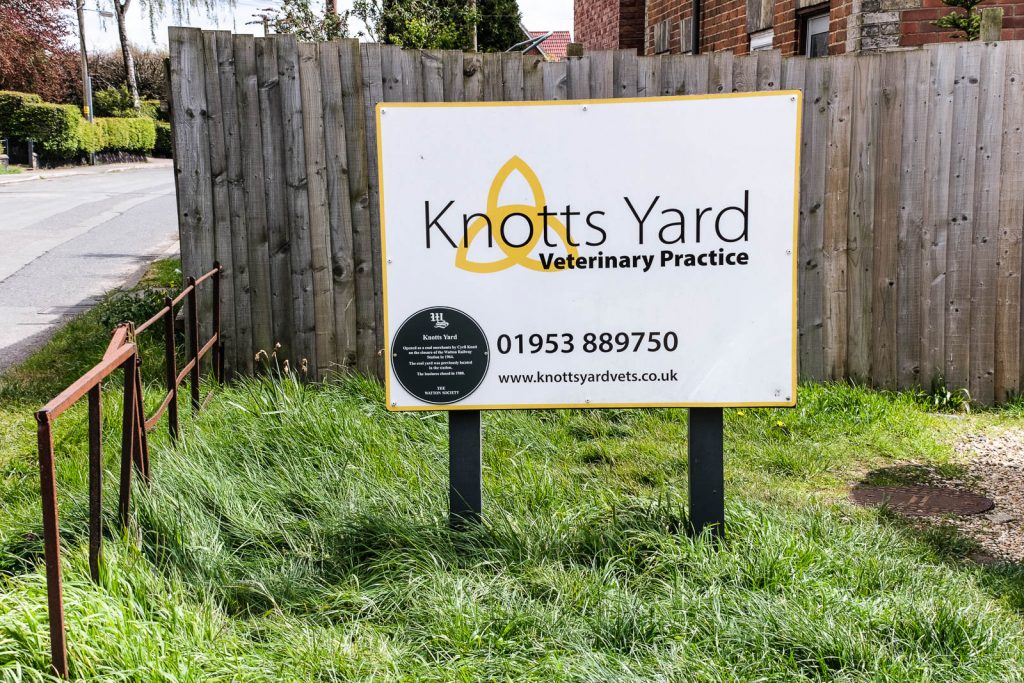
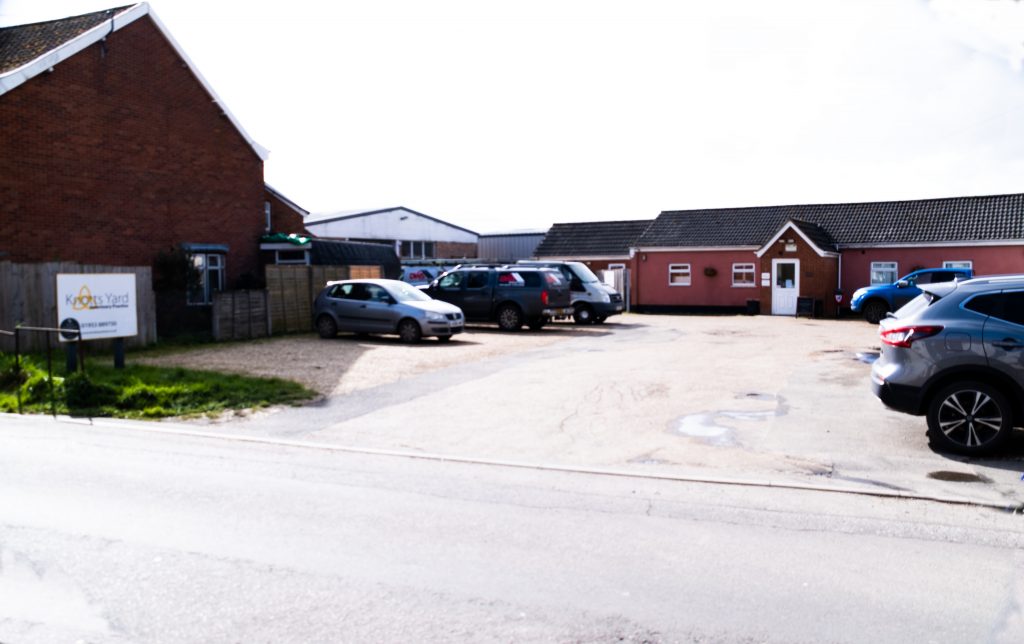
16. Victoria Cottage Hospital. Victoria Cottage Hospital, built in 1897 for £700, from public subscription, to commemorate the Diamond Jubilee of Queen Victoria. By 1907 it had its own operating theatre and children’s ward and in 1946 1,032 patients were treated. The hospital closed in 1951 following the formation of the National Health Service.
17. Site of the Old Cattle Market. During the 19th century, Watton had two large cattle markets one of which stood on the site now occupied by a supermarket. The weigh-bridge was found when the store was built and has been placed on display in the Memorial Garden.
18. The Queens Hall. Built by volunteer labour to celebrate the coronation of Elizabeth II. it took 4 years to convert the framework of an ex-RAF hangar imported from a local airfield, into the large public hall it is today. It was opened in 1956 and is now used extensively for musical and theatrical performance, for dancing and for social events.
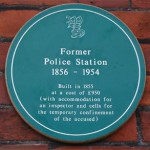
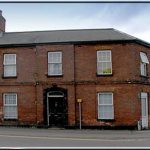
19. The Old Police Station. On the corner of the High Street and the Thetford Road stands the old Police station (1856 – 1954). Built in 1855 at a cost of £950. It had cells for temporary confinement o the accused and was manned by an inspector, a sergeant and 3 constables. It has now been converted into housing.
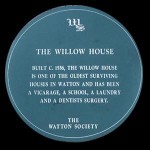
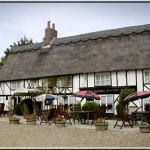
20. The Willow House. The oldest house in the town, it was built in about 1556. During it life it has been:- a vicarage, a boarding school, a dentist’ surgery and an antique shop. Today it is a flourishing Restaurant and Inn.


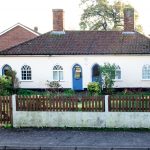
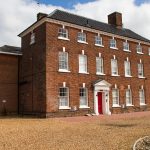
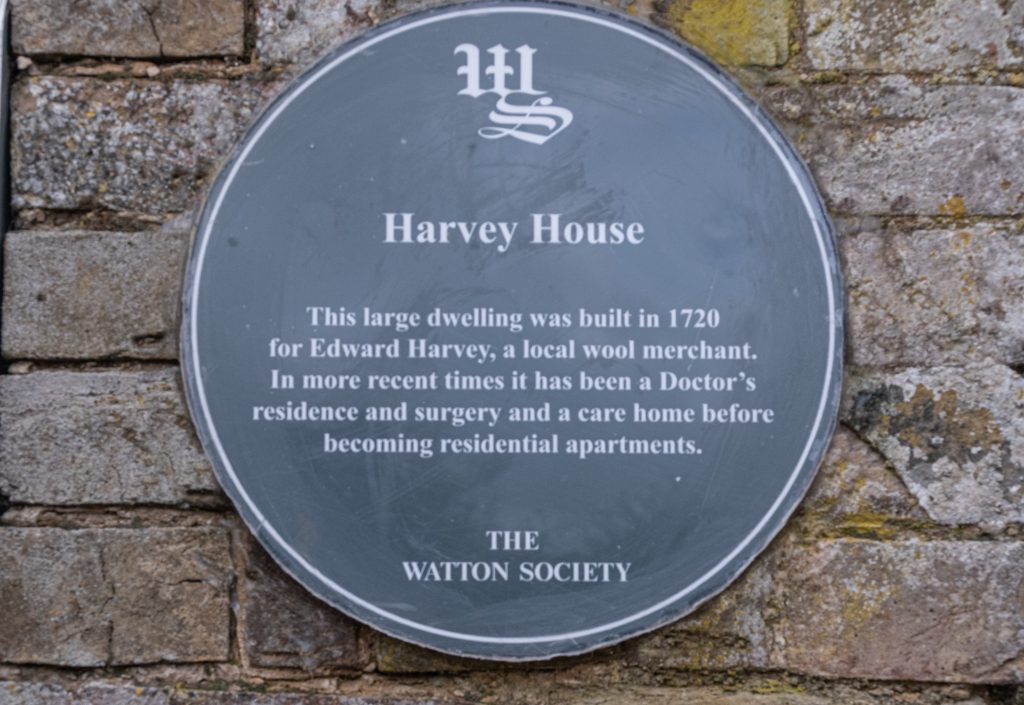
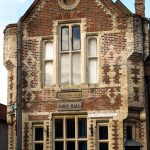
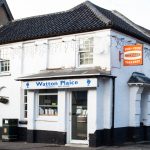
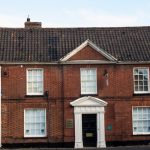
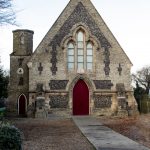
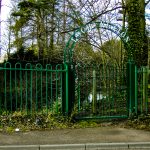
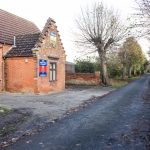
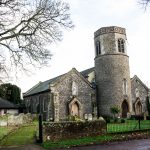
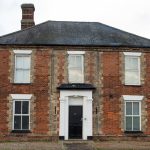
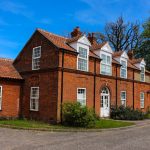
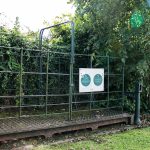
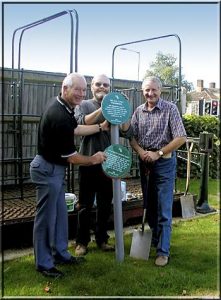 Chairman John Kerr, assisted by Town Mayor Bryan Wykes and George Collins, erecting the plaques near the old Cattle Market Weighbridge in the Memorial Garden. George had been actively involved in the re-siting and refurbishment of the weighbridge when its original site had become part of the Supermarket Car Park.
Chairman John Kerr, assisted by Town Mayor Bryan Wykes and George Collins, erecting the plaques near the old Cattle Market Weighbridge in the Memorial Garden. George had been actively involved in the re-siting and refurbishment of the weighbridge when its original site had become part of the Supermarket Car Park.